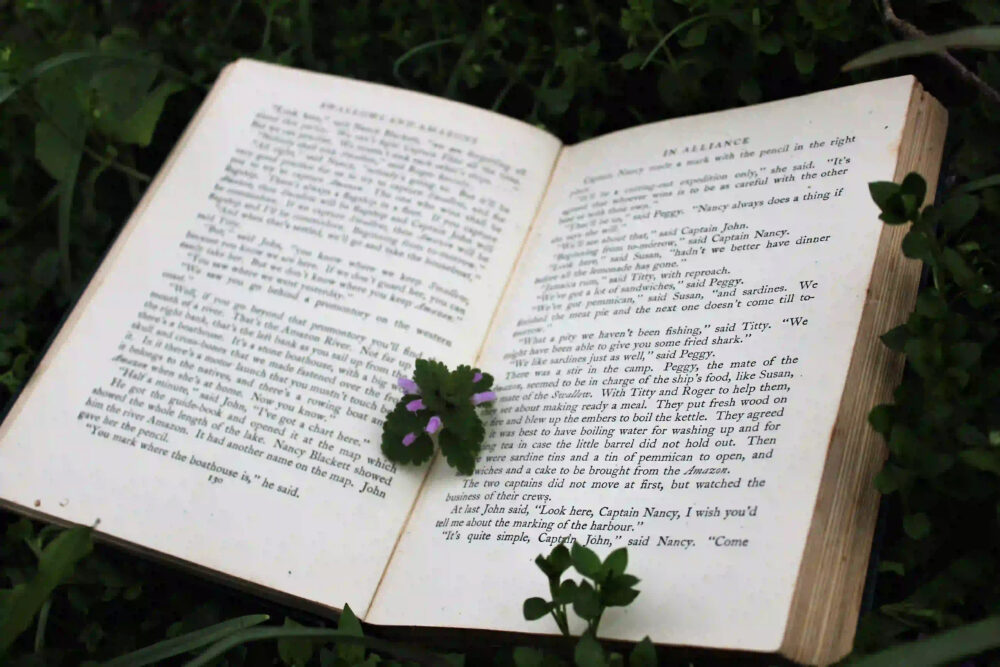Edgar Allan Poe, a name synonymous with darkness, mystery, and macabre, continues to captivate readers with his haunting tales and poems. His works delve deep into the human psyche, unraveling the darkest corners of the human mind. In this blog post, we will embark on a psychological analysis of Poe’s works, exploring the themes, motifs, and the underlying psychological elements that make his writings so compelling.
The Mind of Poe: A Dark Abyss
To truly understand the psychological depths of Poe’s works, we must first delve into the mind of the master himself. Born in 1809, Poe’s life was marred by tragedy and loss from an early age. These personal experiences undoubtedly shaped his writing style, infusing it with a sense of melancholy, despair, and a fascination with death.
Poe’s writings often explore themes of isolation, madness, and the human capacity for self-destruction. His characters are tormented souls, plagued by guilt, obsession, and inner demons. The psychological exploration of Poe’s works allows us to delve into the dark recesses of the human mind, revealing the complexities of human nature.
The Symbolism of Darkness and Death
Darkness and death are recurring motifs in Poe’s works, serving as powerful symbols that reflect the inner turmoil and fears of his characters. Death, in particular, holds a special place in Poe’s writings. It is not merely the end of life, but a constant presence, lurking in the shadows, and haunting the living.
Through his use of symbolism, Poe explores the themes of mortality, decay, and the fragility of the human condition. The Raven, one of Poe’s most famous poems, embodies this symbolism, with the raven itself becoming a symbol of death and the narrator’s descent into madness.
The Exploration of the Unconscious Mind
Poe’s works also delve into the realm of the unconscious mind, exploring the depths of human psychology. His characters often grapple with their own inner demons, battling with repressed desires, fears, and obsessions. The Tell-Tale Heart, a chilling tale of guilt and madness, perfectly encapsulates the exploration of the unconscious mind.
Poe’s writings resonate with readers because they tap into the universal human experience of confronting our own inner darkness. By delving into the unconscious mind, Poe challenges us to confront our own fears, desires, and the darker aspects of our psyche.
The Influence of Gothic Literature
Poe’s works are often classified as Gothic literature, a genre known for its dark, atmospheric settings and exploration of the macabre. The Gothic elements in Poe’s writings further accentuate the psychological themes and add to the overall sense of unease and dread.
The use of Gothic elements, such as haunted houses, grotesque characters, and supernatural occurrences, heightens the psychological impact of Poe’s works. These elements create an atmosphere of suspense and terror, drawing readers into a world where the line between reality and the supernatural is blurred.
Conclusion
Edgar Allan Poe’s works continue to captivate readers with their exploration of the human psyche, their dark symbolism, and their Gothic atmosphere. Through his writings, Poe takes us on a journey into the depths of the human mind, unraveling the complexities and dark desires that lie within.
By delving into the themes of isolation, madness, and death, Poe challenges readers to confront their own fears and desires. His works serve as a reminder that the human psyche is a complex tapestry, woven with both light and darkness.
As we explore the psychological depths of Poe’s works, we gain a deeper understanding of ourselves and the intricacies of the human experience. It is through this exploration that we can truly appreciate the genius of Edgar Allan Poe and his lasting impact on literature and the human psyche.
